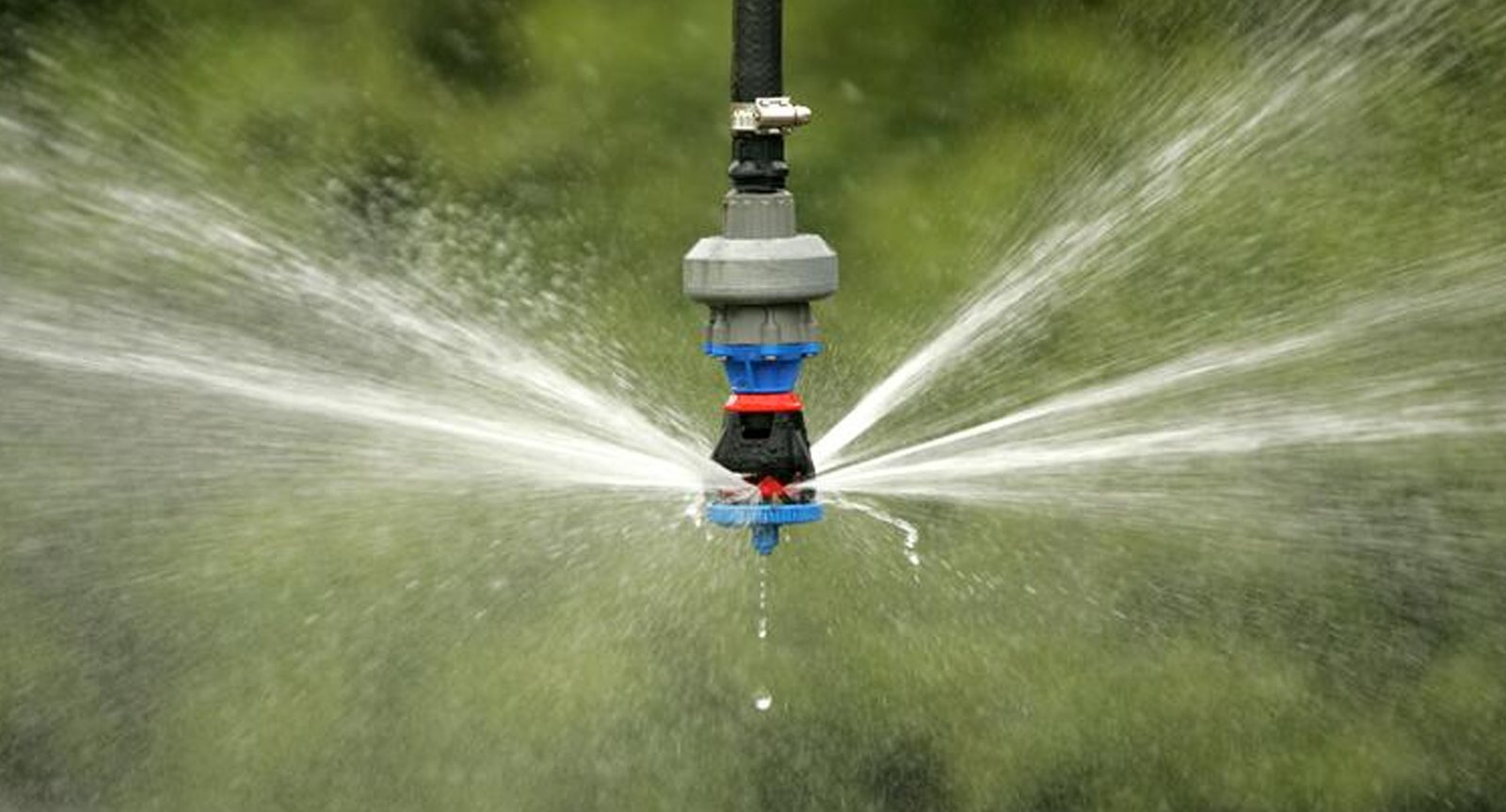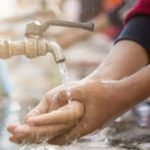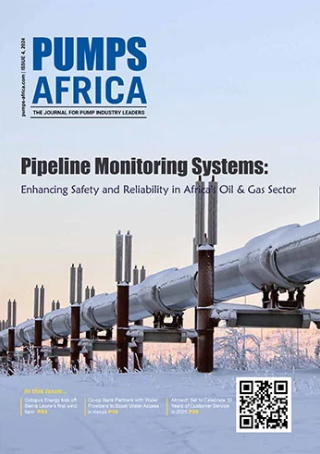Irrigation systems are installed to help nurture and provide your landscaping with the water it needs to continue thriving all year round. Now, let us look at the two common modern irrigation systems:
Sprinkler
It is one of the most popular types of irrigation we see today. They are affordable and very easy to use. Sprinklers are attached to sections of hose pipe with connectors and water is supplied by either a water pump or water tank. They are moved around the farm to evenly water all the crops. Water droplets are ‘rained’ down in circles from sprinklers, so a lot of ground can be covered. However, as water is sent from a height to a wider area, it is not as efficient as other types of irrigation.
Drip Irrigation
It is called drip as this method uses hose pipes with small holes or nozzles along it to drip feed water to the base of your plants. These are known as drip lines and are laid along where your crops are planted. Water is usually supplied to the drip lines from tanks, using gravity to power the slow flow of the water. Water pumps are used to get water into the water tanks.
Drip is very efficient as water is slowly given to the base of your plants throughout the day, reducing over-watering, evaporation and water loss. It also allows you to do other things as you can leave it to irrigate.
A complete irrigation system consists of:
Water Pump
Water pumps are the heart of the irrigation system. For smaller systems, you may have a single booster pump. However, most can count on the need for a multiple irrigation pumps depending on their design. While standard municipal water pressure is fine for running a garden hose to a sprinkler in the middle of the lawn, irrigation systems require a higher pressure to efficiently pump the water through the pipes and the sprinkler heads.
Water Meter
The water meter, as you would assume, measures the amount of water used to irrigate the property. This allows you to ensure the proper amount of water is applied to the different zones. But, the irrigation water meter can also be part of your water utility setup. Many municipalities assess a fee for water usage and for water sewage treatment. Under normal circumstances, the amount of water used is also the amount upon which sewage treatment fees are assessed. With irrigation systems, the water does not flow through the full cycle and is therefore not charged the treatment fee.
Pump Controller
The most important use of the controller is to protect the pump. Pumps are a big investment and preventing damage and lengthening their life will pay dividends. If the water source is disrupted, (blocked filter, dry supply tank, broke intake valve, etc.) Pumps are designed to work within specific parameters, and the pump controllers identify when things fall outside those parameters and signal the pump to change, usually to shut down.
READ: Davis & Shirtliff calls for policy framework on groundwater abstraction
Valve Box
Valve boxes provide easy access to buried irrigation control valves. Irrigation control valves and backflow preventers require access from time-to-time to perform maintenance and testing. Valve boxes also provide protection for these essential components of your irrigation system.
Backflow Prevention Device
A device that allows water to go through it in one direction, but prevents it from going backwards in the opposite direction. Most backflow preventers are used to keep unsafe water from reversing flow and entering the clean water supply. Backflow preventers can be as simple as a single check valve that closes when water flow reverses.
Sensors
Sensors are available to turn an irrigation system into a smart irrigation system. Rain or soil moisture sensors can be added to many systems to prevent overpowering or watering when it’s unnecessary.
Factors to Consider When Choosing an Irrigation System
Soil type. The type of soil in an area can affect not only the type irrigation method used but also the irrigation run times. Sandy soils typically require frequent applications of water at a high rate to keep moisture in the root zone. Tighter clay soils can hold moisture longer that sandy soils, but may require frequent applications at a lower rate to prevent runoff.
Land topography. In particular, hilly or sloping land can be a challenge. Drip irrigation works well if the laterals can be run along topographic lines. System run times may need to be adjusted to prevent runoff.
Local weather patterns. For example, sprinklers are less desirable in areas where high winds are common and in arid areas with a low humidity since water losses due to evaporation can be extremely high. Drip irrigation works well in both of these situations.
Type of crops grown. Sprinkler and drip systems can require high levels of investment. For this reason, it’s better to reserve their use for high-value crops like vegetables, small fruits and orchard crops rather than applying them to commodity crops like wheat and soybeans.
Water quality. All drip irrigation systems require some type of filtration. Overhead systems such as sprinklers seldom require filtration. Irrigation water should be tested for water borne pathogens. Depending on the crop grown and irrigation method used chlorine injection may be required.







